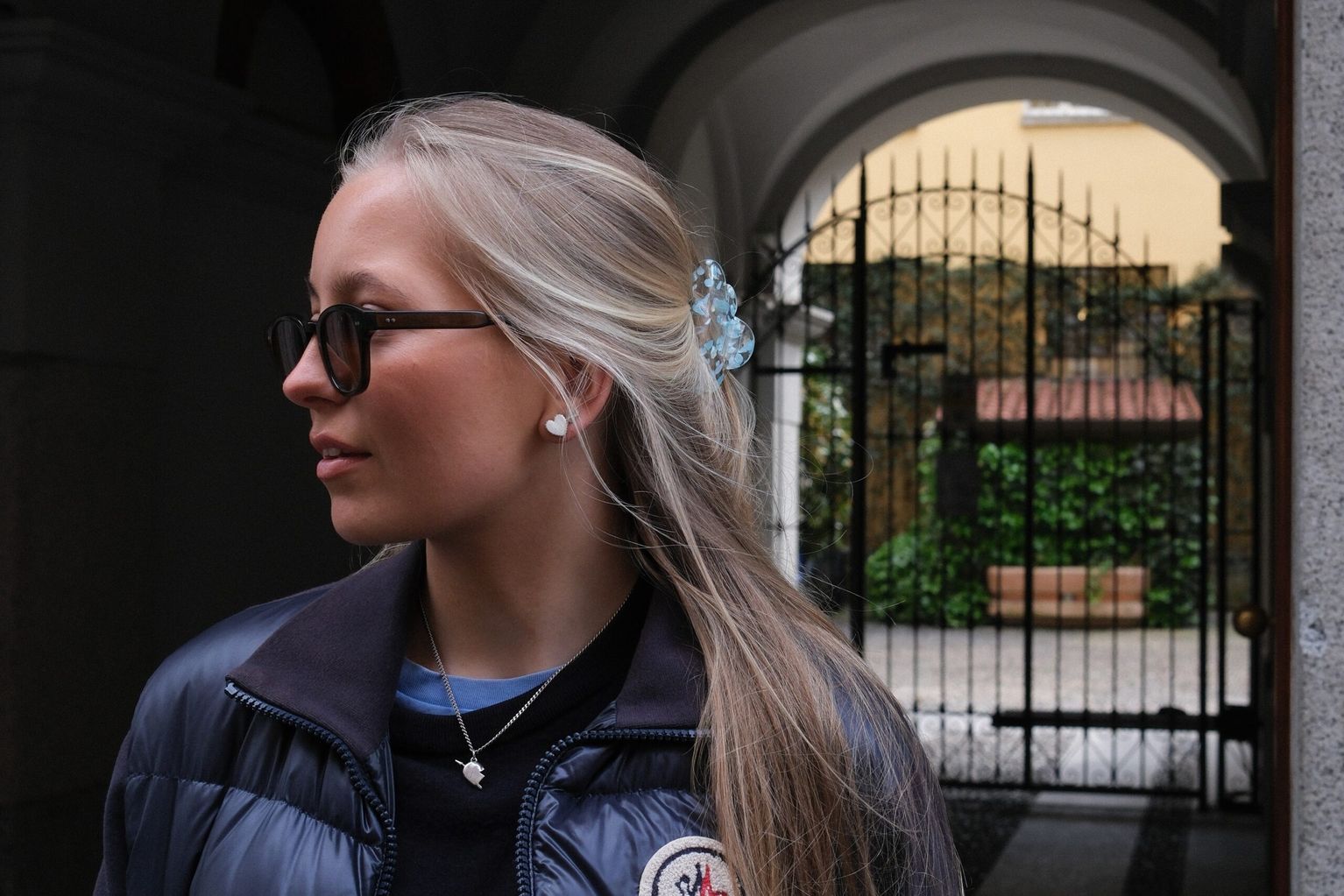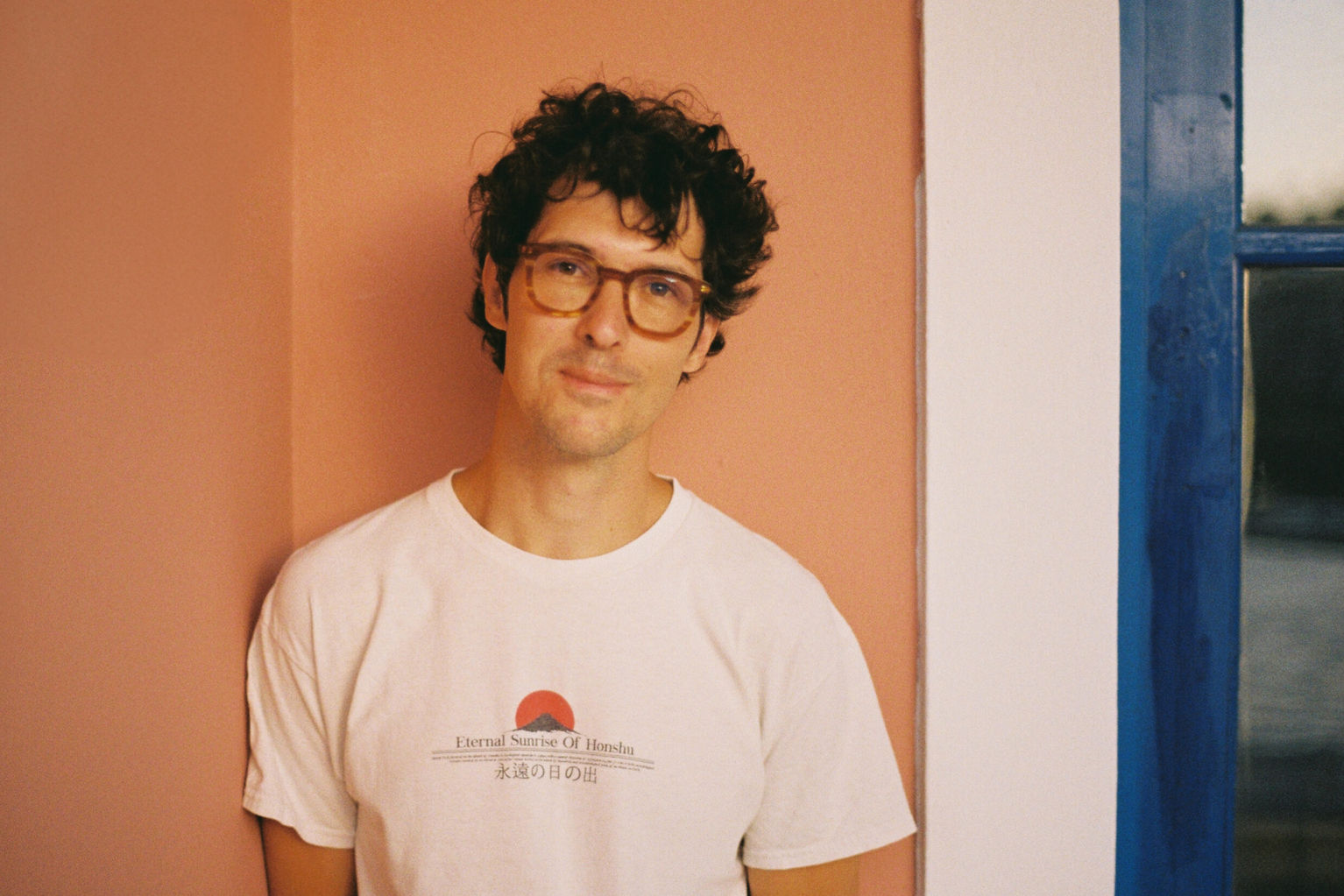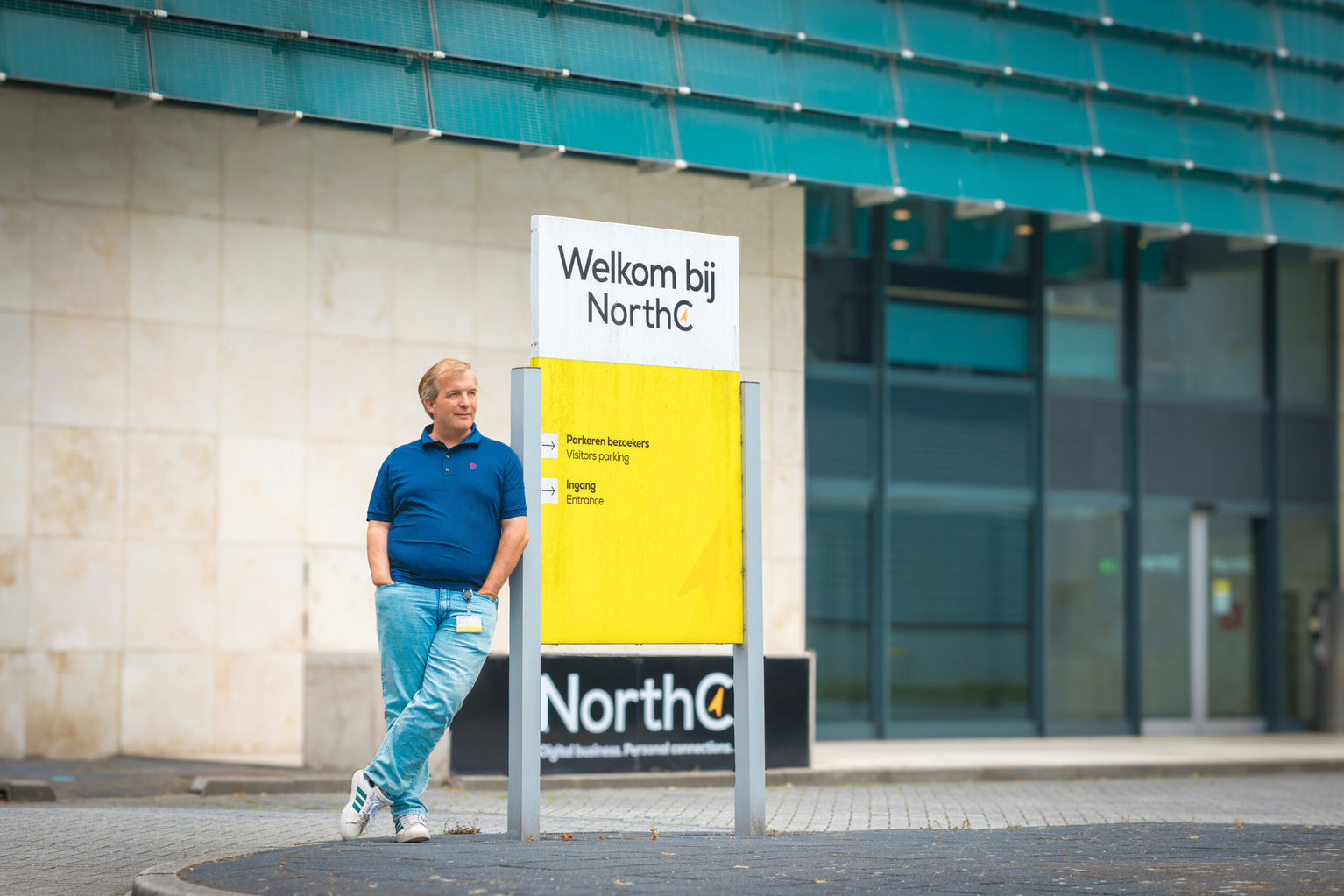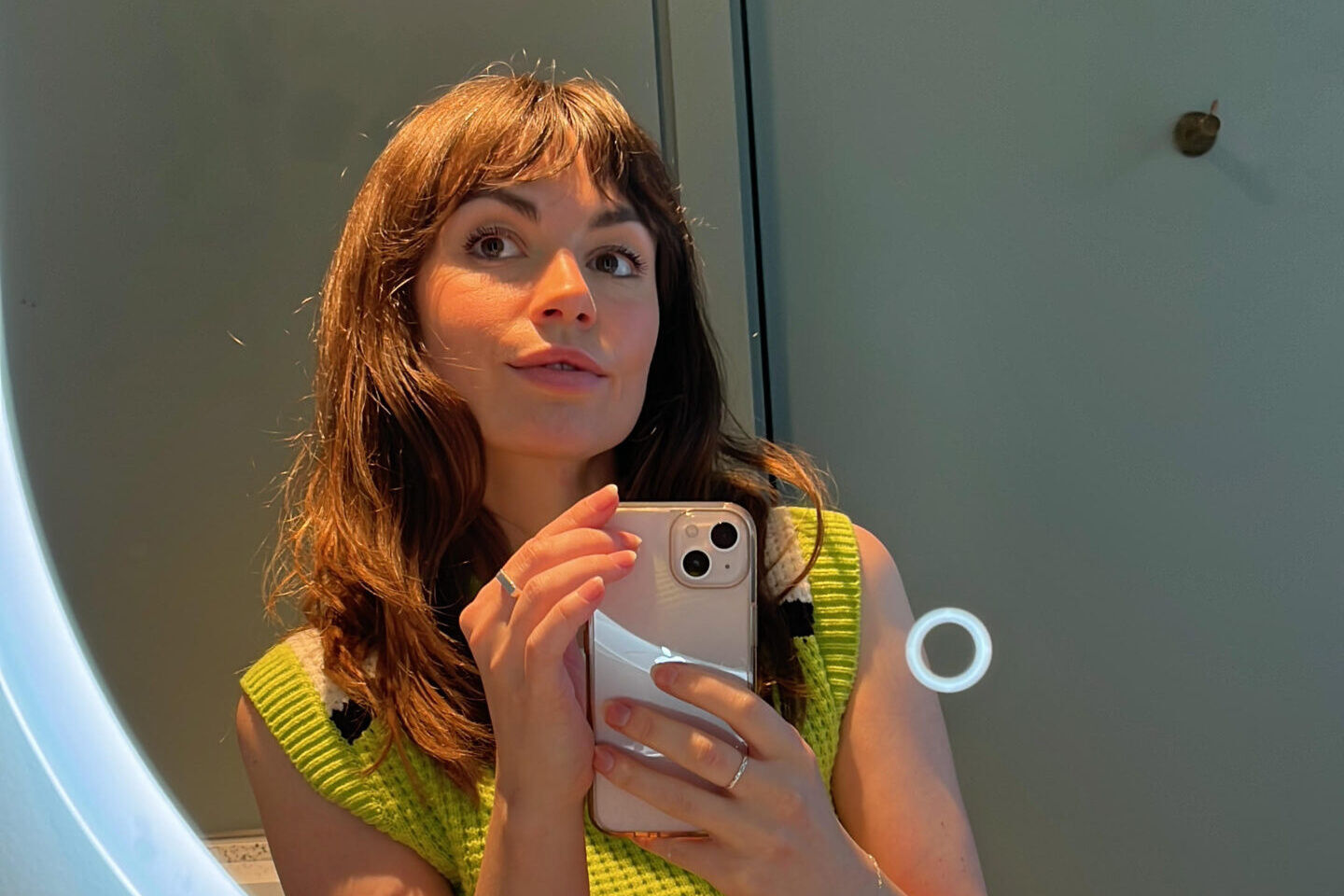
Axel's Journey through the Berghs Bachelor Program and Product Design at Ravensbourne University London
Axel’s plan to study overseas took a surprising turn during the pandemic, leading him to London, a product design degree, and eventually a role as a 3D designer.

“Perth Became Home”: Lovisa’s Journey Through Berghs & ECU Into Australia’s Creative Scene
Lovisa swapped Swedish seasons for Western Australia’s coastline and turned a semester at Berghs into a seven-year creative career abroad.

From Berghs Bachelor to Fashion Management at Istituto Marangoni in Milan
23-year-old Clara Werner from Östersund completed her Berghs Bachelor semester before continuing her studies at Istituto Marangoni in Milan.

How AI Is Transforming Video Production Workflows: Patrik's Story
Patrik recently completed Berghs’ 4-weeks AI for Design & Video course.

From Solo Creator to AI Innovator: Carl's takeaways from Berghs' AI for Design & Video Course
Carl Norrman-Humble, Creative Director and founder of hum.visuals, recently completed Berghs’ 4-week AI for Design & Video course.

Berghs' design students trained ai to be more inclusive
The course Visual Culture for second-year students in the Communication Design program has just wrapped up.

Blending Creativity and Technology: A Film Director's take on Berghs' AI for Design & Video Course
Cristine Molander Berglund, a commercial film director, recently completed Berghs’ 4-week AI for Design & Video course.

Boosting Brand Strategy Expertise: Eddie’s Experience at Berghs
Eddie recently completed Berghs’ 12-week Brand Strategy course.

Building a Brand Strategy Toolkit: Marta’s Story
Marta recently completed Berghs’ 12-week Brand Strategy course.

From Branding to Digital Mastery: Silviu’s Journey Through Berghs’ Art Direction & Digital Design Course
Silviu recently completed Berghs’ 12-week course Art Direction & Digital Design to sharpen his digital instincts and step outside his comfort zone.

Building Brands with Purpose: How a Brand Strategy Course Shaped Stefan’s Approach
Stefan recently completed Berghs’ 12-week Brand Strategy course.

Expanding Creative Horizons through Berghs’ Art Direction & Digital Design Course
Johanna Åkeson recently completed Berghs’ 12-week Art Direction & Digital Design course.

Approaching Problems with Empathy: Lessons from UX & Digital Product Design
Jit-Aree recently completed Berghs’ 12-week UX & Digital Product Design course.

How Art Direction & Digital Design Transformed bas’ Creative Approach
Bas recently completed Berghs’ 12-week Art Direction & Digital Design course.

Podcasts for a Creative and Curious Summer
There’s something about summer that invites space — for slower mornings, longer thoughts, and the kind of listening we often rush past during the rest of the year.

First-Year Berghs Students Win Future Lions with Skin Cancer Detection Concept
As Future Lions celebrates its 20th anniversary in Cannes, three first-year students from Berghs School of Communication step into the global spotlight as one of just four winning teams worldwide.

Reimagining Filmmaking: How AI Can Become Your New Creative Partner
Alexandra recently completed Berghs’ 4-weeks AI for Design & Video course.

From Curious Explorer to AI Power User – How One Product Marketer Transformed His Workflow
Chris recently completed Berghs’ 8-week online course AI for Marketing Professionals.

From Winging It to Working Smart: One Digital Growth Marketer’s AI Journey
Jheri Malm recently completed Berghs’ 8-week online course AI for Marketing Professionals.

Expanding a Creative Career with Influencer Marketing
We caught up with Nova Löf Karlsson, a content creator and assistant for an established fitness influencer as well as social media and PR strategist for a Swedish start up.

Meet the Interns Shaping Sweden’s AI Scene
When Mathilde from Norway and Gio from Mexico joined Berghs’ Content Engineering program, they weren’t just moving to a new country, they were moving into the future of creativity amplified by AI.

BERGHS IS THE BEST SCHOOL IN THE WORLD – HISTORIC TOP PLACEMENT IN YOUNG ONES
In this year’s edition of the international student competition Young Ones, Berghs has claimed the top spot in the global ranking and has thus been named the most creative school in the world – a historic achievement that solidifies Berghs’ position as a leader in creative communication and education.

Berghs and Beyond: Flo’s Rise in Creative Advertising
Flo graduated from Berghs' Advanced Advertising program in 2021 and quickly carved out a creative path in the competitive world of advertising.

From Setbacks to Social Media Success: Imogen's career journey after studying at Berghs
Imogen graduated from the Advanced Advertising program at Berghs in the spring of 2022 and has since navigated a whirlwind of challenges and opportunities in her career.